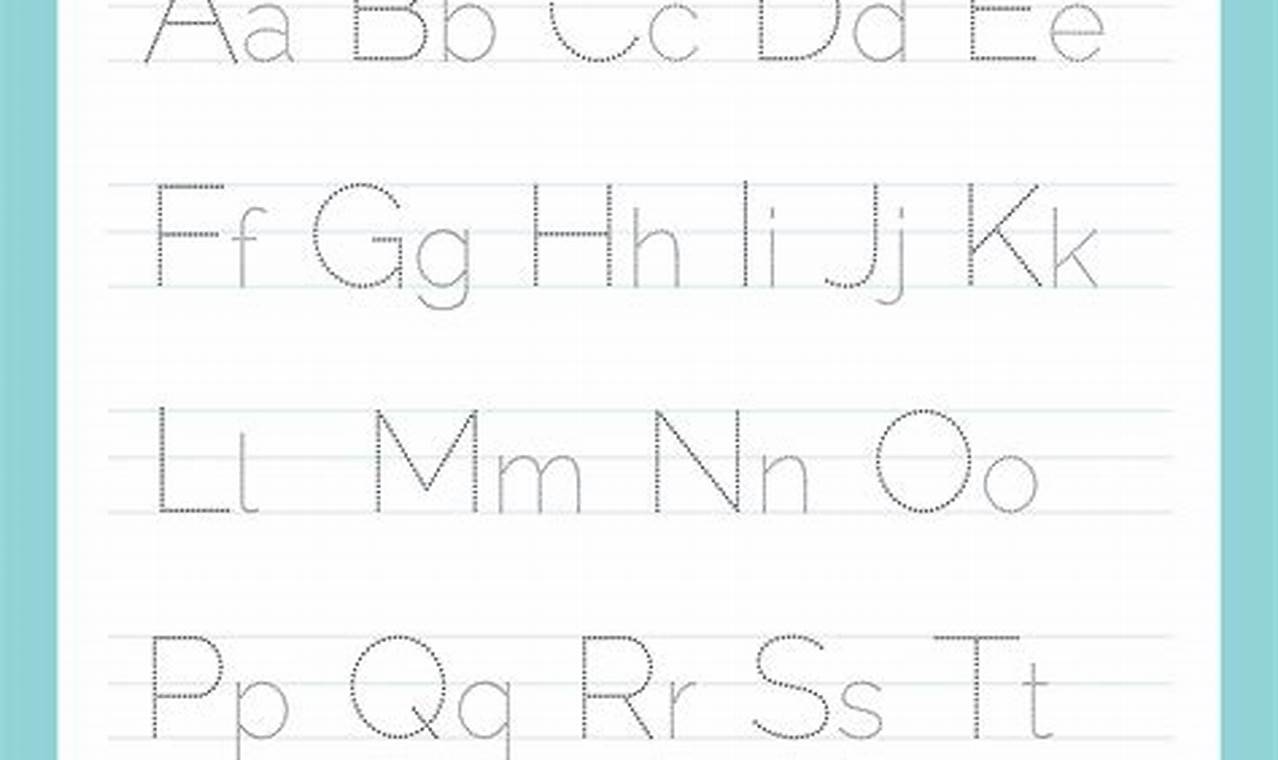Introducing structured schedules early in childhood supports the development of vital organizational skills. By learning to manage time and tasks through visual aids, children gain a sense of control and predictability, reducing anxiety and fostering independence. Worksheets that combine alphabet tracing with schedule making offer a unique approach to learning, blending literacy with life skills.
The primary benefit of an alphabet tracing for schedule making worksheet is its multi-faceted approach to skill development. It enhances fine motor skills through the act of tracing, improves letter recognition, and introduces the concept of planning and organization. Children learn to associate letters with specific activities, strengthening memory and comprehension. Furthermore, completing a schedule promotes a sense of accomplishment and responsibility.
This specific worksheet typically includes a series of activities listed as schedule items, each associated with a letter of the alphabet. For example, “A” might stand for “Art Time,” and “B” for “Breakfast.” Each letter is presented in a traceable format, allowing the child to practice letter formation while simultaneously learning about their daily routine. The worksheet often features clear, bold lines for easy tracing and may include simple illustrations to make the schedule more engaging and visually appealing.
To effectively use the alphabet tracing for schedule making worksheet, begin by explaining the purpose of a schedule and how it helps organize the day. Guide the child in tracing each letter, emphasizing correct letter formation. As the child traces each letter, discuss the corresponding activity and its place in the daily schedule. Encourage the use of colorful crayons or markers to make the worksheet visually stimulating. Breaking the schedule into smaller, manageable chunks can prevent overwhelm and maintain engagement. Positive reinforcement and praise for effort are crucial for building confidence.
For additional support in learning the alphabet and developing scheduling skills, consider exploring other resources available at Kidtraces.com. Worksheets focusing on individual letter practice, number tracing, and simple chore charts can further enhance these skills. Educational apps that offer interactive alphabet games and visual schedule builders can also complement the worksheet activity. Incorporating real-life scheduling practices, such as creating a visual timetable for the week, reinforces the concepts learned through the worksheet.
In conclusion, alphabet tracing for schedule making worksheets provide a fun and effective way to develop early literacy, fine motor skills, and organizational habits. By combining letter tracing with schedule creation, children learn valuable life skills while reinforcing fundamental academic concepts. Download the worksheet today and discover the benefits of structured learning and creative expression. Explore more free and engaging worksheets at Kidtraces.com to support continuous learning and skill development.
